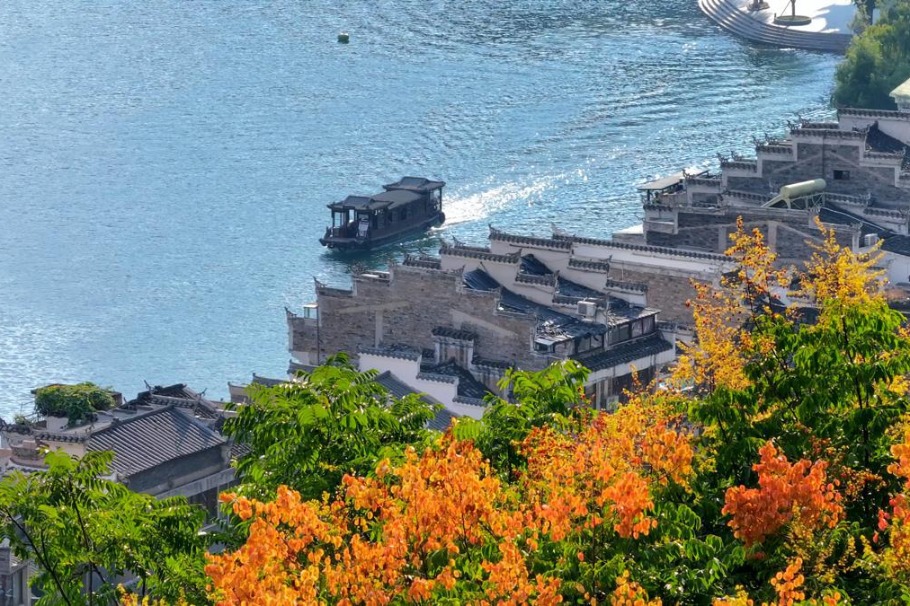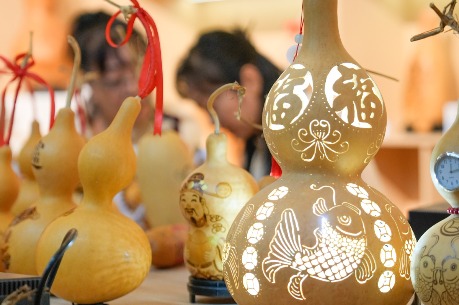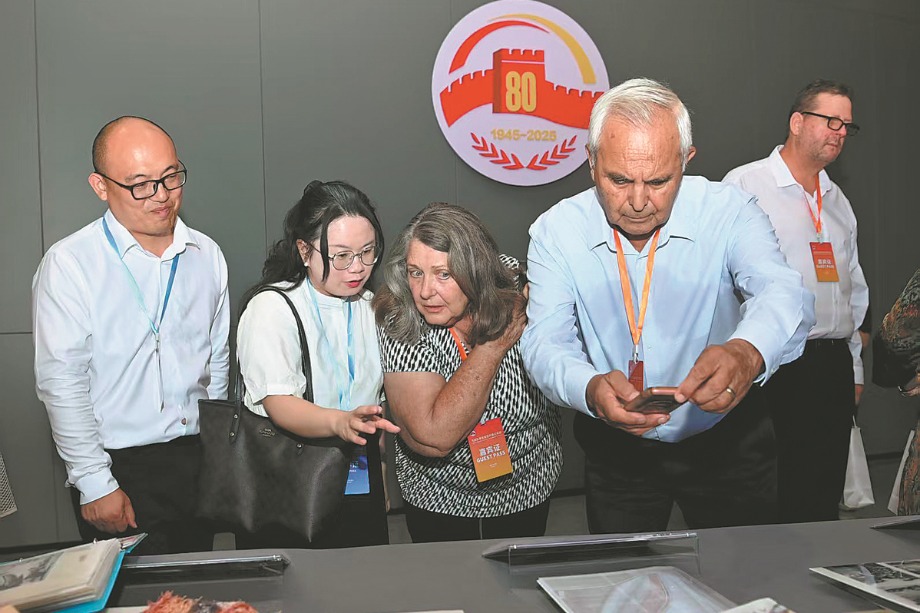From dirty to clean: a tale of Xinjiang drinking water

URUMQI - Yarmamat Islam has taken water from three different sources: flood pits, water towers and taps.
For residents living near the Taklimakan Desert in Xinjiang, access to water all year round has never been easy. Compared with his ancestors, Yarmamat is one of the lucky ones.
Flood pits: Dirt and disease
When Yarmamat was a child, his parents and fellow villagers would divert summer floods into pits in the ground. The village would depend on water stored there from June to November.
This was the way people in Hotan Prefecture had survived water shortages for hundreds of years.
Not only people, but household animals such as donkeys and sheep also drank from the pits. As time went by, animal waste, fallen leaves and litter accumulated in the pits. The water turned green and foul.
Villagers had to remove the waste when fetching water and let it settle before boiling it. Even so, the dirty water meant villagers suffered from typhoid, dysentery and cholera.
Such difficulties with water were a major hurdle in tackling poverty.
Flood pits were still a common scene Hotan villages until the 1990s.
"No matter if it was diarrhea or goiter waiting ahead, we had no choice but to drink from the flood pits. They guaranteed the survival of our ancestors and us," Yarmamat said.
Groundwater: Happiness begins to flow
In the 1980s, the central government launched a campaign to drill wells, build water towers and lay pipelines to solve the drinking problem.
Due to a harsh natural environment and weak economy, the campaign in Hotan progressed slowly. Many farmers still heavily depended on flood pits.
In 1995, the central government was determined to solve the problem in the three coming years by expanding government investment and using private funds.
Driven by a 300 million yuan (44 million U.S. dollars) special government fund, non-governmental sectors chipped in and raised 15 million yuan in just a month.
More than 600 water towers were soon erected and 5,000 wells drilled across Hotan. Local residents were finally liberated from the heavy labor of fetching water from flood pits and had more time to pasture and farm.
With more income and the extinction of water-caused infectious diseases, living standards improved.
Yarmamat now serves hot tea in his new home.
"The groundwater is clean and easy to access, and does not taste as bitter as pit water. My guests do not have to worry about stomach ache," he said.
- Long-stay tourism gains momentum in Yunnan
- Flag of Yang Jingyu Company returns to Jilin province
- China releases regulations on Chinese employees in foreign diplomatic missions
- Shanghai Innovation Institute marks first anniversary with AI innovations
- Khaby Lame meets his match in Jingdezhen
- Shijiazhuang begins International Traveler Joy Season





































